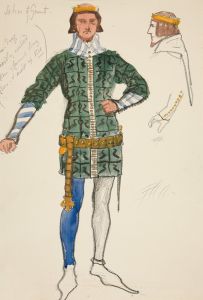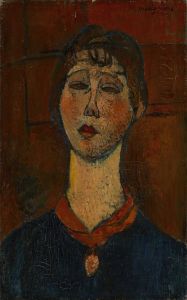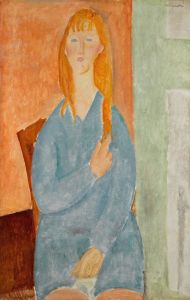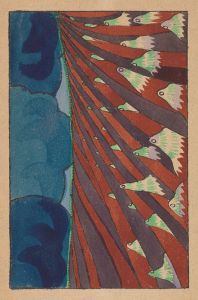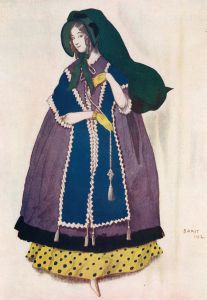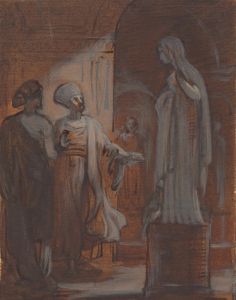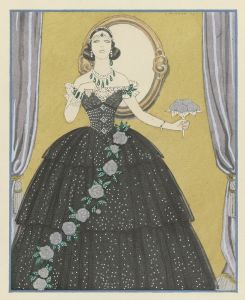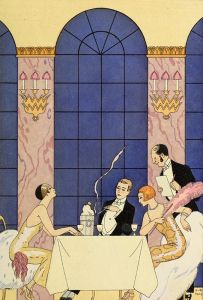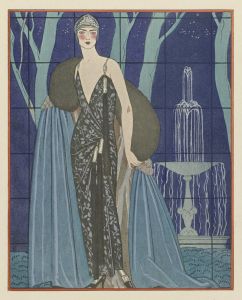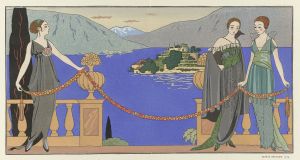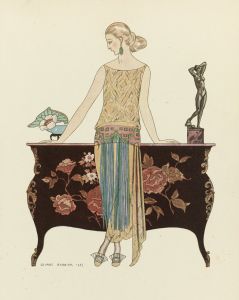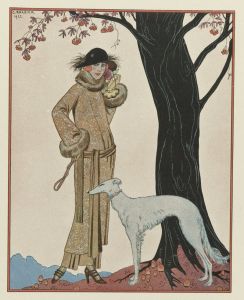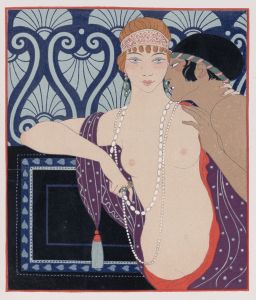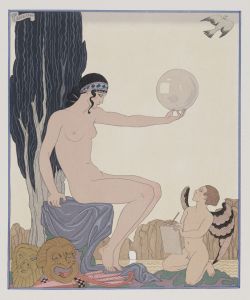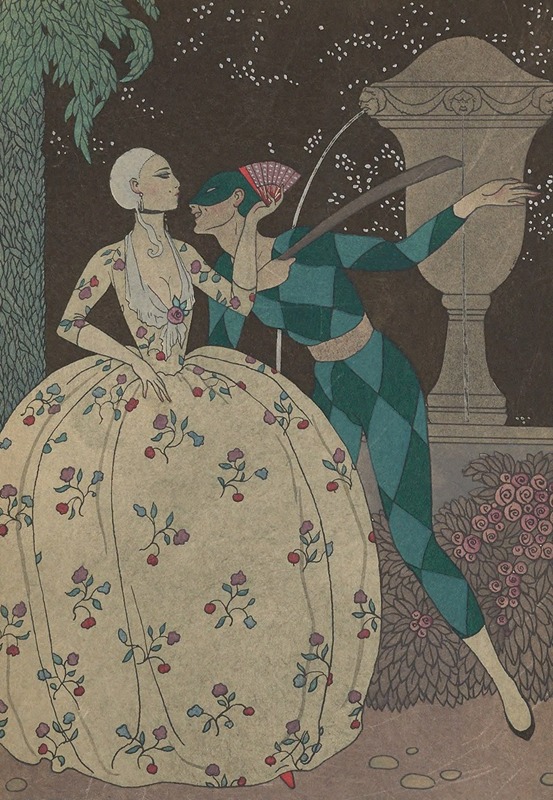
Arlequin
A hand-painted replica of George Barbier’s masterpiece Arlequin, meticulously crafted by professional artists to capture the true essence of the original. Each piece is created with museum-quality canvas and rare mineral pigments, carefully painted by experienced artists with delicate brushstrokes and rich, layered colors to perfectly recreate the texture of the original artwork. Unlike machine-printed reproductions, this hand-painted version brings the painting to life, infused with the artist’s emotions and skill in every stroke. Whether for personal collection or home decoration, it instantly elevates the artistic atmosphere of any space.
George Barbier (1882-1932) was a prominent French illustrator and designer, known for his contributions to the Art Deco movement. His work spanned various mediums, including fashion illustration, book illustration, and set and costume design for theater and ballet. One of his notable works is "Arlequin," which exemplifies his distinctive style and artistic vision.
"Arlequin" by George Barbier is a celebrated illustration that captures the essence of the Art Deco period. The artwork features the character of Harlequin, a classic figure from the Italian Commedia dell'arte, which was a form of theater characterized by masked "types" and improvised performances. Harlequin is traditionally depicted as a cunning and nimble servant, often involved in amorous intrigues and known for his colorful, diamond-patterned costume.
In Barbier's depiction, Harlequin is presented with elegance and sophistication, embodying the refined aesthetics of the 1920s and 1930s. The illustration showcases Barbier's meticulous attention to detail, his use of vibrant colors, and his ability to blend classical themes with contemporary styles. The character is often portrayed in a dynamic pose, emphasizing movement and grace, which are hallmarks of Barbier's work.
Barbier's "Arlequin" is not just an illustration but a reflection of the cultural and artistic trends of its time. The Art Deco movement, which emerged in the 1920s, was characterized by its embrace of modernity, luxury, and exuberance. It drew inspiration from various sources, including ancient civilizations, exotic cultures, and contemporary technology. Barbier's work, including "Arlequin," encapsulates these influences through its stylized forms, geometric patterns, and opulent details.
The illustration also highlights Barbier's skill in fashion design. During his career, he collaborated with leading fashion houses and designers, creating illustrations for high-end fashion magazines such as "Gazette du Bon Ton" and "Journal des Dames et des Modes." His work played a significant role in shaping the visual language of fashion illustration during the early 20th century.
"Arlequin" by George Barbier remains an iconic piece within the realm of Art Deco illustration. It is celebrated for its artistic merit and its ability to capture the spirit of an era marked by innovation and elegance. Barbier's legacy as an illustrator and designer continues to be recognized and appreciated by art enthusiasts and historians alike.
In summary, "Arlequin" by George Barbier is a quintessential example of Art Deco illustration, reflecting the cultural and artistic sensibilities of the early 20th century. Through his depiction of the Harlequin character, Barbier showcases his mastery of detail, color, and form, solidifying his place as a key figure in the history of illustration and design.





